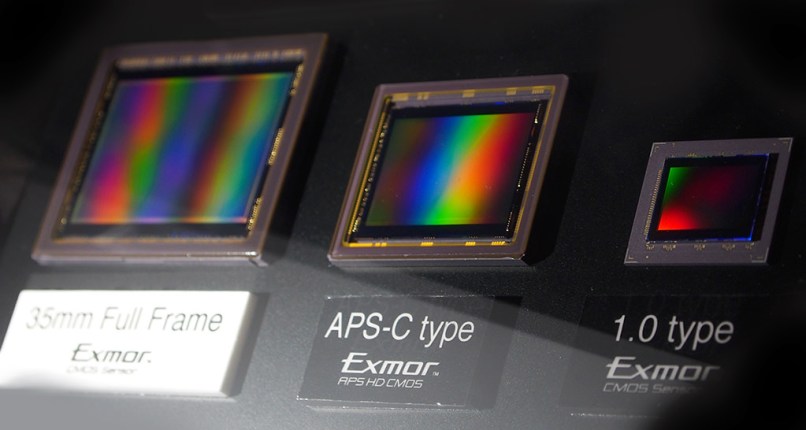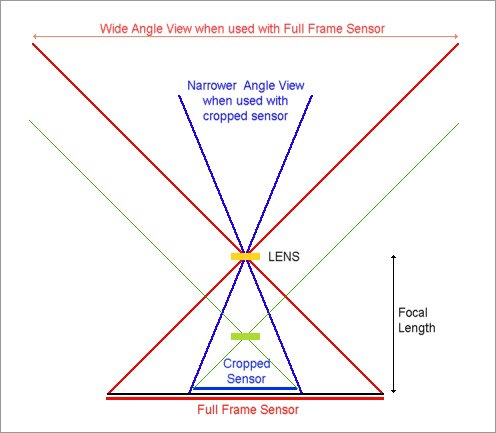

That award will go to the yet‑to‑be‑released XF200mmF2, with an aperture that is over two times as wide as the XF56mmF1.2. The 56mm ƒ/1.2 is the fastest lens in the Fujifilm X line up, it isn’t the largest aperture, meaning there are lenses that will give you more blur. To learn more about equivalence, please read this excellent article by DPReview.
FULL FRAME TO APS C LENS CONVERSION FULL
It can be deceiving buying a crop sensor lens and thinking you will get the same amount of background blur as the full frame equivalent with the same f‑number. A 56mm ƒ/1.2 APS‑C (1.5x crop factor) lens is equivalent to an 84mm ƒ/1.8 full frame lens, not an 84mm ƒ/1.2 lens. If the simple calculator doesnt suit your needs, we also offer calculators for crop factor based on sensor size and completely custom lens + sensor crop.

Simply doing a conversion of the focal length will give you an understanding of what the field of view will be, but one thing manufacturers don’t like to remind you of, is this also affects the f‑number. After applying the conversion formulas, we know that a 56 designed for APSC is almost the. Today, when buying a lens for a crop sensor, like the one found in the Fujifilm X system cameras, a 35mm or full frame equivalent focal length is usually listed.Īnd this is how we get to the real point of this article. Its quite good for the price and worth getting for a starter lens.

This became the baseline for manufacturers to compare their lenses too. An aperture setting of f/4 on a full frame is equivalent to 4/1.6 2.5 (f/2.5) on an APS-C camera and 4/2 2 (f/2) on the micro four thirds camera. With the immense popularity of the 35mm film format, photographers were already familiar with the given look of a focal length on that film size. Since specifics are not detailed here, 16:9 is computed on this page as a camcorder, independent of any still frame size.Fujifilm X‑T2 to the left of a Sony α7 II, comparing sensor sizes But their size is likely even slightly smaller to optimize the subsampling, because 16:9 HD movies are typically output as 1280x720 or 1920x1080 pixels, which is 0.92 or 2.07 megapixels. Likewise, 4:3 photo images must also fit into the 16:9 camcorder format. Then the 16:9 width cannot be wider than the sensor width. So the 16:9 video mode frames in photo cameras are necessarily contained within the dimensions of the 4:3 or 3:2 photo sensors. The sensor size diagonal is designed to fit the lens image diameter. This blue image shows the sensor aspect concept visually in the circular lens image. For those embedded aspect uses, use Option 1, 3 or 4 of the Field of View calculator with the specific aspect choice. Meaning, they are not correct for embedded aspects, like for 16:9 video in 4:3 or 3:2 cameras, or with 4:3 photos in native 16:9 camcorders. NOTE: All calculators on this page work with actual native aspect ratios. And another page might help about Sensor Size. It is not always easy to determine those exact numbers, but maybe these calculators can help. Sensor Size and Crop Factor and Aspect Ratio are very important numbers for calculations, such as Field of View or Depth of Field. Note: Not all lenses are exact conversions because not all full frame focal lengths have exact equivalents on APS-C or MFT. In the same similar way, this could be called an Equivalent Distance needed to see the same field of view as the 1.6x camera. Or, if both cameras use the same lens focal length, the 1x camera can stand 1.6x closer (meaning at distance / 1.6, as compared to the distance of the 1.6x crop, for example 10 feet vs 16 feet) to see the same smaller field of view.

The 1.6x longer focal length is the conventional Equivalent Focal Length placed on the 1x camera, as compared to the lens focal length that the 1.6x crop factor is using.


 0 kommentar(er)
0 kommentar(er)
